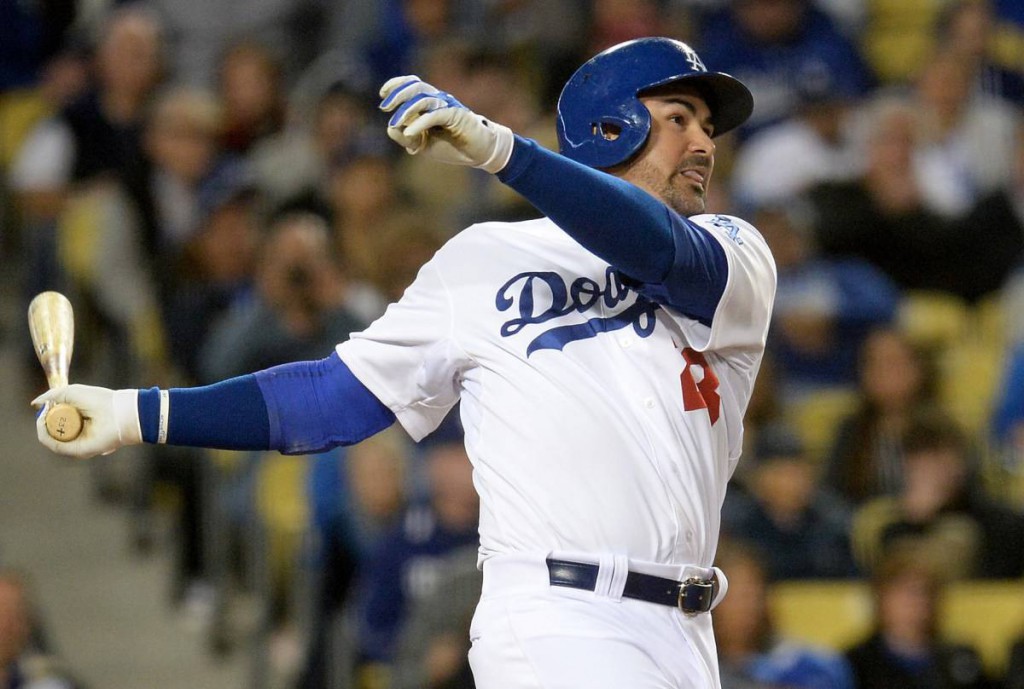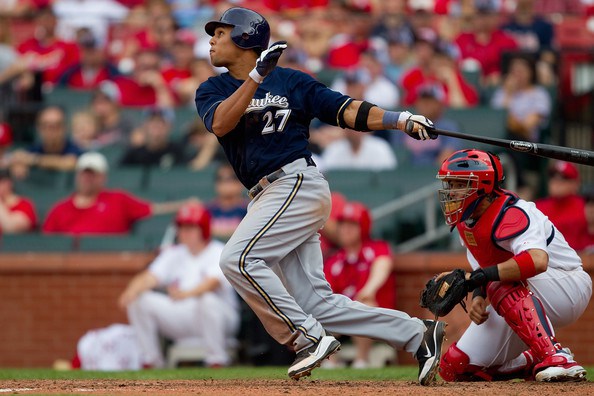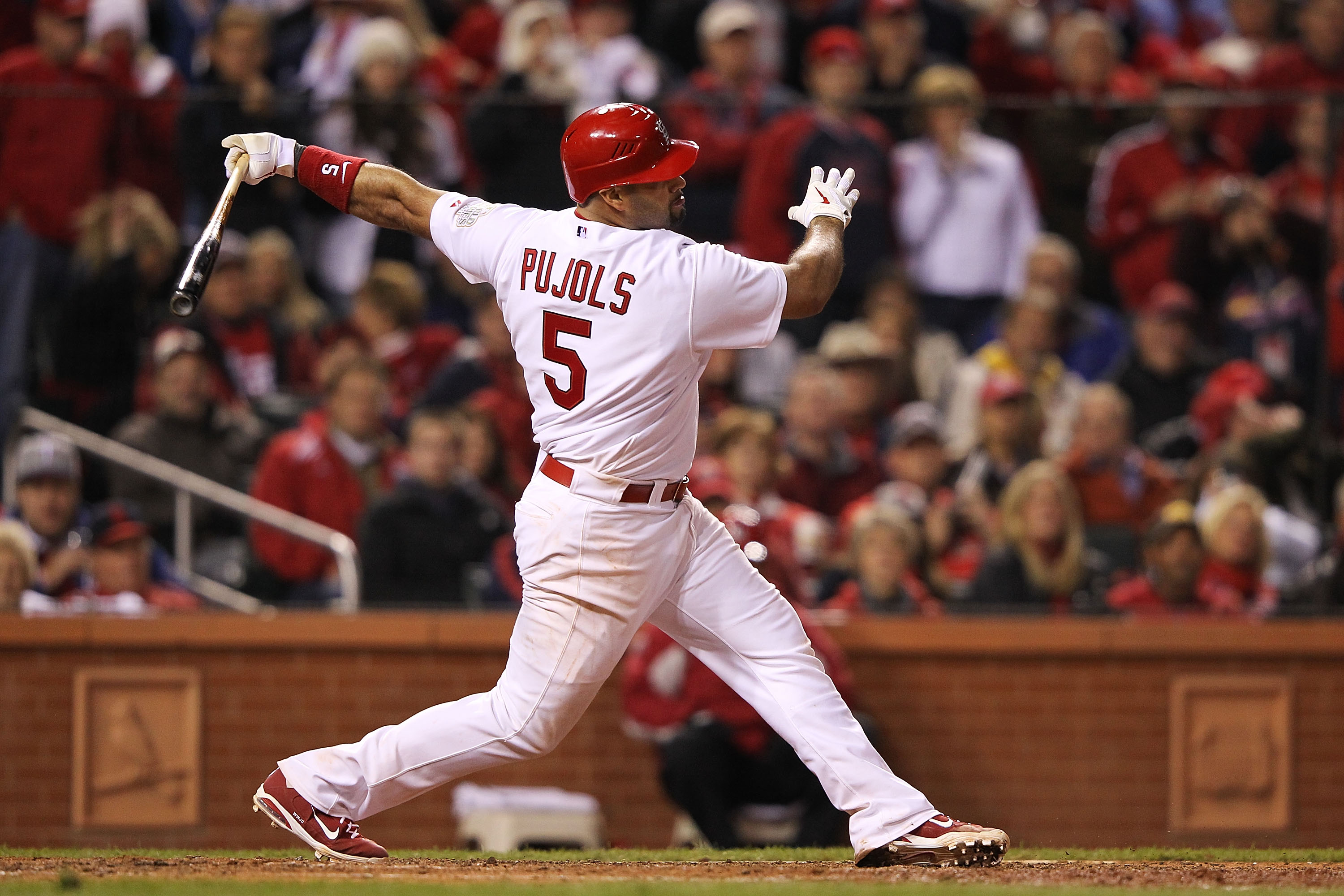With our awesome Trends tool, we can look up all sorts of data on fantasy production. Today, I wanted to look at specifically how players – both hitters and pitchers – perform by game time start. Are there any historical trends? Do pitchers perform better later at night than in day games?
Let’s start with hitters. Here’s their Plus/Minus by time of game start.

Interestingly, batters have overall scored fewer fantasy points than expected during the early 1pm games and the late 10pm contests. The biggest dip is during the late contests – they have a negative Plus/Minus in the 1pm games, but it’s slight at -0.11. But in the late contests, they’ve had a pretty significant negative Plus/Minus at -0.40.
Why could this be? The late 10pm games are all West Coast games, so perhaps those particular offenses are just worse in general?

I’m not sure this tells us a whole lot – since only West Coast teams are hosting games in that time slot, it makes sense that their home data would match up with the time data. So maybe it’s a stadium thing?

This could definitely be the case, as the West Coast teams are overall positive, just not at home. Take a look at the Dodgers splits – they’re positive at home, but better on the road.

I’m still not 100% sure why the numbers are so down for hitters, but it seems that the stadiums could be a big part of it. Let’s now look at pitchers.

We’d expect the pitchers’ graph to be somewhat opposite of the hitters, and that’s pretty much true. They’ve historically seen positive value at the 1pm and 10pm games, probably at the expense of the batters. Interestingly, they are still a positive value at the 7pm start time, even with the fact that hitters are also positive value at that time.
In Jonathan Bales’ MLB book, he compiled some amazing data regarding ownership by game time start. Here’s a graph of his findings:

This is crazy. For some reason, players are way lower-owned in the late games than we’d expect. Bales hypothesizes that this could be due to the fact that we don’t have lineups until later – contests start at 7pm, so DFS players tend to roster guys they can see in front of them on rosters that have already been released. Certainly on a site with no late swap, it can be very risky to put together a lineup that isn’t finalized.
This makes this topic a bit trickier – without the ownership data, it would seem that we should potentially focus more on hitters in games prior to the 10pm games. However, when you juxtapose that idea with the low ownership, it isn’t so black and white. Getting a low-owned stack is perhaps the most important thing in a large-field GPP tournament and the ownership data suggests that getting offenses later in the night can be really beneficial.
Perhaps there’s a comfortable middle here. Not all West Coast teams are negative – we saw the Dodgers’ positive numbers earlier. Focusing on them (the Mariners are an example of a team that has a negative Plus/Minus) could lead to both unexpected value and unexpected low ownership. If you see a West Coast team in a good spot with a high Vegas projected run total, it could be a very good play in GPPs.





